Profiles in Tone: Jerry Scheff
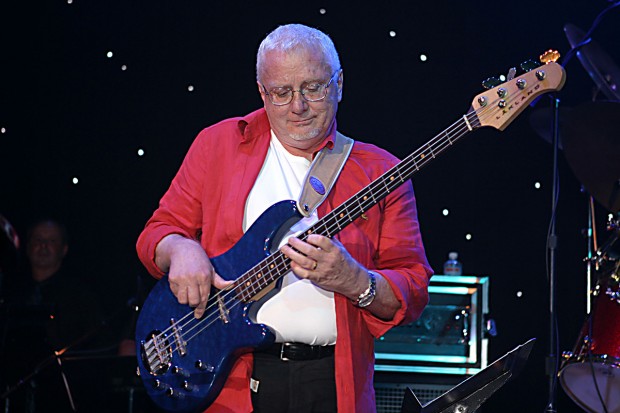
As bassist for Elvis Presley, Bob Dylan and The Doors, Jerry Scheff’s sound epitomized rock bass tone in the ’70s. Thousands of bassists have studied his style while learning The King’s live version of “Suspicious Minds,” the psyche-penetrating bass groove from “Riders on the Storm” by The Doors, and countless other songs from Scheff’s career. That’s why we’re kicking off our new series, “Profiles in Tone,” with this legend of the low end.
Born and raised in San Francisco, Scheff started his musical life on tuba before picking up string bass in seventh grade. By age fifteen he was playing at jazz jam sessions and gigs in clubs around the Bay Area. He eventually moved to Los Angeles and began playing with guitarist Barney Kessel. Scheff’s jazz roots prove to be instrumental in his technique, similar to other famed bassists who switched from upright to electric bass. Specifically, he favors playing with just his index finger on his plucking hand.
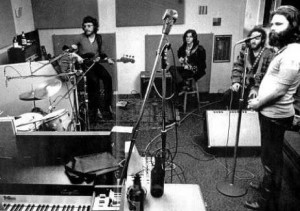 “Should anyone wish to emulate my style and sound, it can’t be had by playing with two fingers plucking the strings,” Scheff says. “I can play with two fingers, and I do when I want that ‘Shotgun’ effect on my notes.”
“Should anyone wish to emulate my style and sound, it can’t be had by playing with two fingers plucking the strings,” Scheff says. “I can play with two fingers, and I do when I want that ‘Shotgun’ effect on my notes.”
Another key aspect is his rig. Back in the day, Scheff often favored a Fender Precision bass with roundwound strings through a tube amp, though he has since switched to playing his signature Lakland bass. His cabinet was stocked with anywhere from two to eight 15-inch speakers depending on the artist. He would overdrive the preamp, leaving his playing technique to control the overall tone.
“The trick is to get the preamp set just right and then develop the sensitivity to use it to get a warm subtle sound when needed,” he shares. “The harder I play the more distortion comes into play. I developed the communication between right hand and left to muffle and certain notes a little or a lot. Its almost like squeezing out the notes like dirty water from a dish rag. After a while it becomes automatic and you don’t even think about it. It is my attempt at playing, not just bass lines, but music.”
To illustrate the style and sounds possible, Scheff shared these videos with us with specific notes on what’s going on behind the scenes.
1. Elvis Costello: “Are You Straight Or Are You Blind?” Live in Tokyo, 1987
“[This is an] Ampeg SVT amp. Round wounds on P bass. I don’t look it, but I am playing hard here. With the same setup, I can play softer and get a beautiful warm sound.”
2. Goldenrod: “Descent Of Cyclopeans”
“This was recorded in 1969. Ampeg 15 floptop, round wounds on P bass. We were booked for three days and the artist didn’t show up, so we had free studio time complete with engineers and tape. I had a bunch of licks already worked up because I wanted to use my jazz background and combine it with my new rock style. Little did I know I was going to combine it with another genre also, Southern rock and country. This is the mindset I took into the rehearsals with Elvis Presley, [which were] around the same time.”
3. Howard Roberts: “TTTT”
“Recorded in 1972. Same amp and bass as with Goldenrod. The engineers did a great job on the sound; the bass is in almost from the top. In the high register it almost sounds like another guitar. Hardly any “bass lines” or guitar lines here. I doubt there is much limiting on the bass. No “shotgun bursts” in the fast passages. One finger using the laws of gravity and physics.”
Scheff recently published his autobiography, Way Down: Playing Bass with Elvis, Dylan, The Doors and More. It’s available now on Amazon or through Scheff’s website.

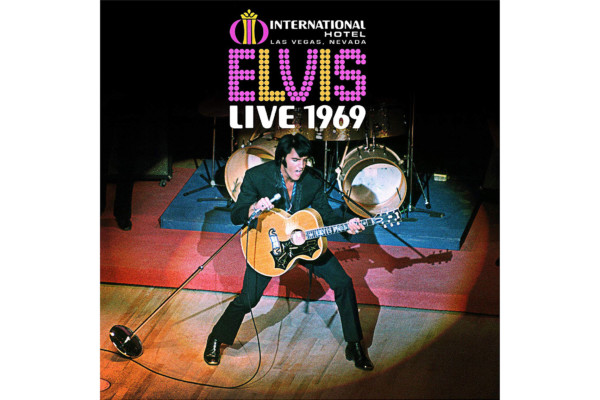
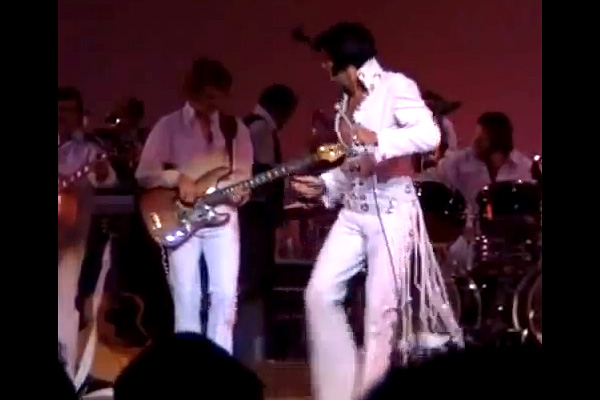
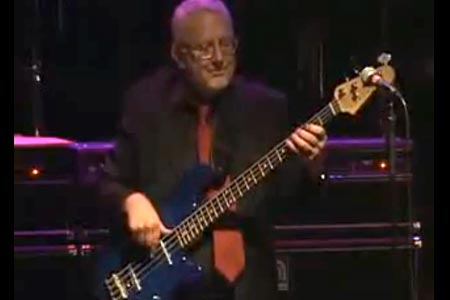
Awesome Groove!
A bass icon!
the elvis costello link should be https://youtu.be/1EOPqQNsh9U?t=215 since the song he is talking about starts a few minutes in.
Interesting the Elvis Costello Clip. It says he is playing a P bass, but looks much like a J bass to me.